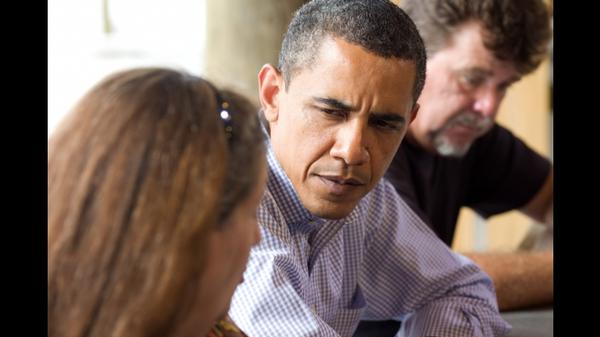
Photo by: White House
President Obama’s health care reform is complex and will be implemented over a six-year period.
Technically, Wednesday’s House vote to repeal President Obama’s health care overhaul won’t matter. The Senate doesn’t even plan to take up the measure, and even in the unlikely event that the Democrat-controlled upper house voted for repeal, Obama could veto it anyway.
But Democrats know that opponents of “Obamacare” could have more success attacking the law piece by piece, or making it an issue in the 2012 elections. So this week, the law’s supporters mounted a major counter-offensive. Its thrust: that the overhaul has benefits that most Americans know nothing about.
If that’s true, Americans have an excuse: Obama’s health care reform was actually passed as two bills that, together, run to 974 pages and some of its provisions don’t take effect until 2015. Much of the media discussion of the plan focused on “death panels,” “socialized medicine” and other hyperbole rather than the reforms themselves, which essentially do four things:
1. Expand Medicaid, the existing federal-state health insurance program for the poor, to cover more people,
2. Impose a mandate requiring most people to get private health insurance, with tax credits to help qualifying individuals and small businesses buy it,
3. Start state exchanges where people and small businesses will be able to buy insurance and
4. Dramatically intensify the regulation of health insurance companies, by—among other things—prohibiting denial of coverage because of a pre-existing condition, eliminating lifetime coverage caps and allowing children to stay on their parents plans longer.
What impact will the reforms have on New York state and city? That’s a complicated question, because the reforms are complex and staggered over six years, and will affect local residents as patients, providers (New York has the third most doctors per capita), insurance company workers (27,000 in the Empire State and 9,000 people in the city work in health insurance) and taxpayers (we spend spend more than any other state on Medicaid).
But with those caveats in mind, here are some of the ways the Obama law is likely to impact New York:
The law’s opponents dispute those claims. One of their arguments is that the sequencing of Obama’s reforms creates distortions. For example, minimum standards for health plans kick in before state-run insurance exchanges do, meaning that some low-cost, bare-bones-coverage health plans might vanish before the people that use them have an easy option for obtaining new policies.
The reduction in the number of uninsured people among those newly eligible for Medicaid could be between 15 and 47 percent in New York, according to the Kaiser Family Foundation. Even though many poor people are already covered by Medicaid, a survey by the Community Service Society (which owns City Limits) found that in 2009, 27 percent of low-income New Yorkers saw health care costs increase, 26 percent couldn’t fill a prescription because they lacked money or insurance and 18 percent postponed getting medical care because they lacked money or coverage.
The Obama reforms also address the donut hole in Medicare prescription drug coverage, in which there’s severely reduced coverage for prescription drug expenditures over $2,840 a year but less than $4,550 ; Obama’s plan gives a $250 rebate to patients affected by this quirk. About 60,000 New Yorkers are in the hole.
Democrats say premiums will decrease by up to $2,350 a year per family in New York state for the same coverage they are buying now. But insurance companies say that new coverage requirements will boost the cost of insurance.
However, some dire predictions about the law’s cost impact have not be borne out so far: A surprising number of small businesses are using an “Obamacare” tax credit to get health insurance.








